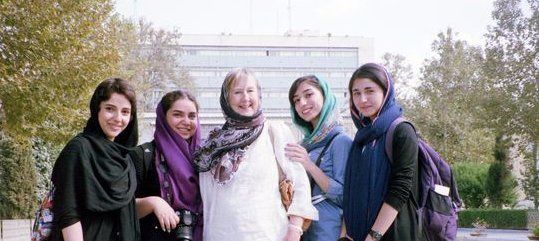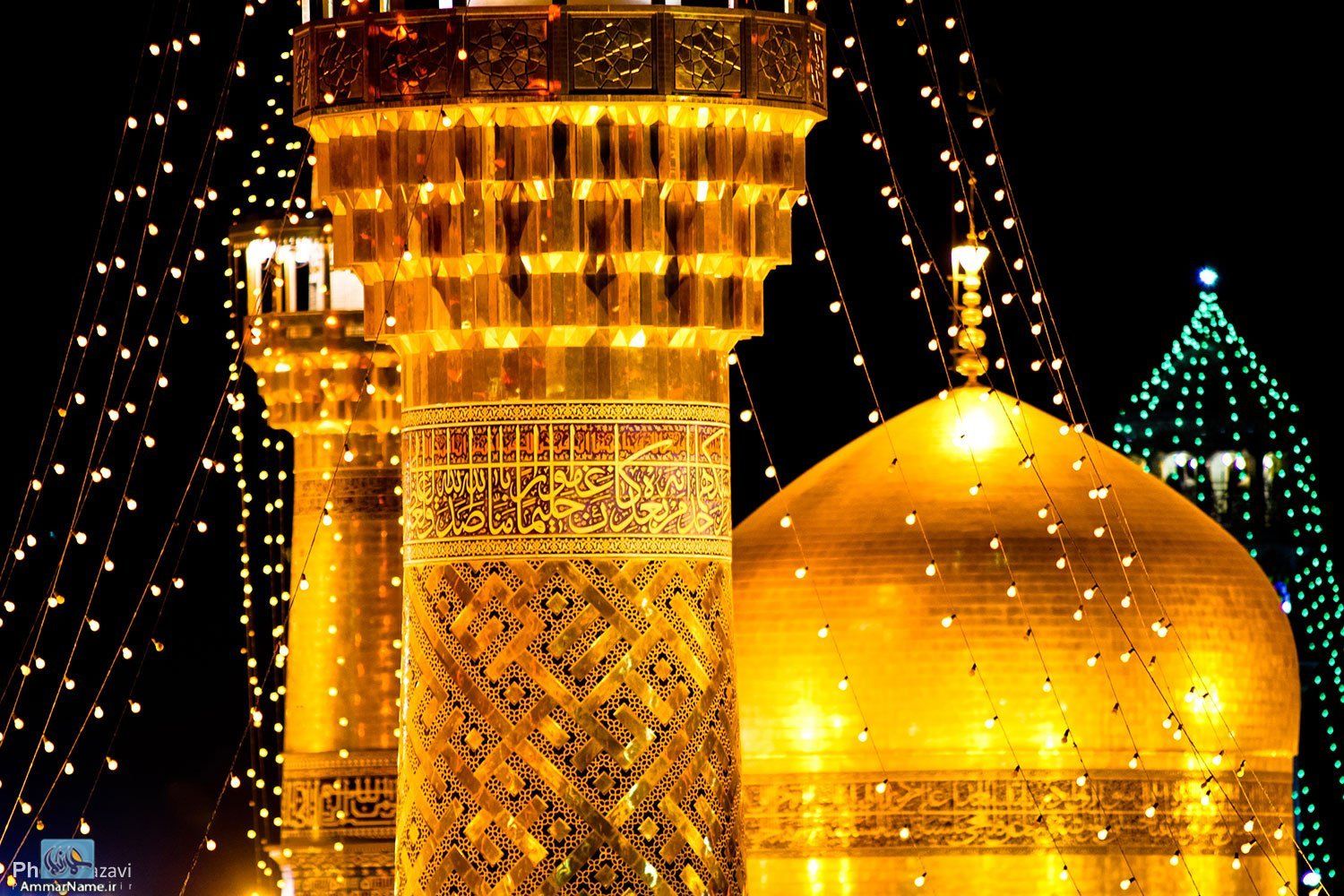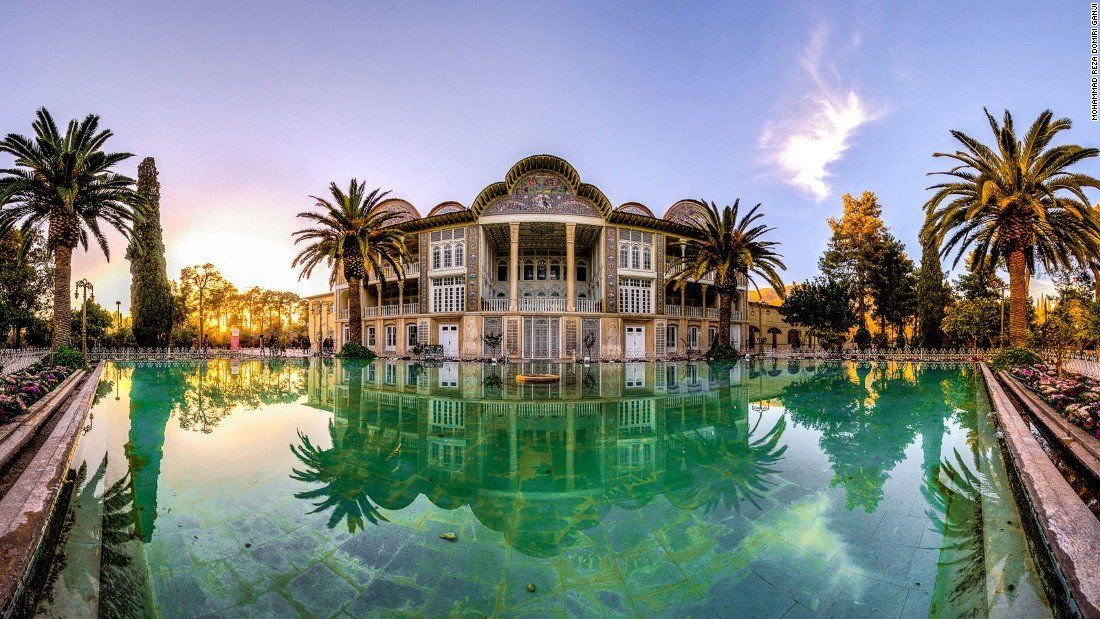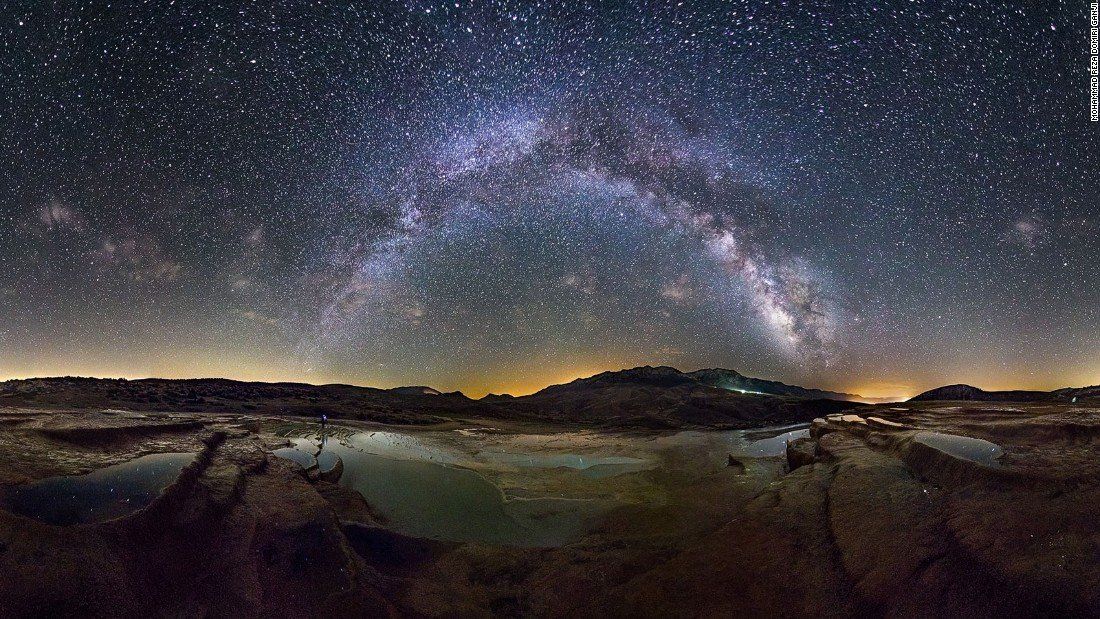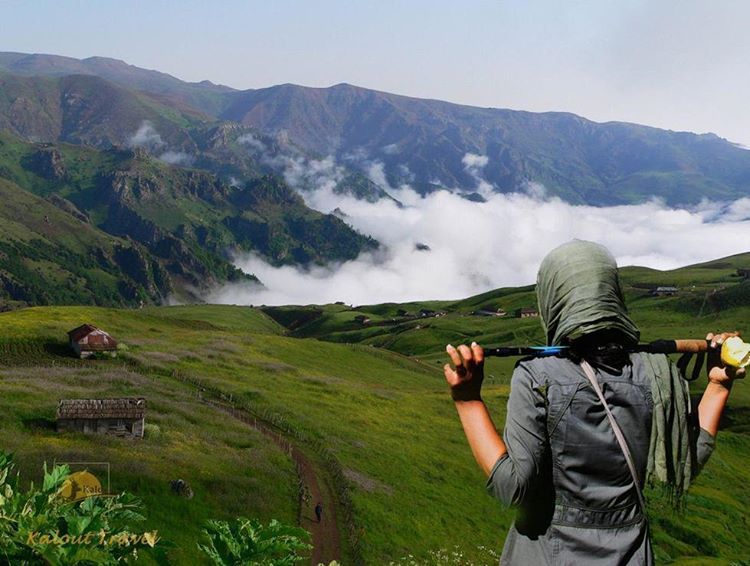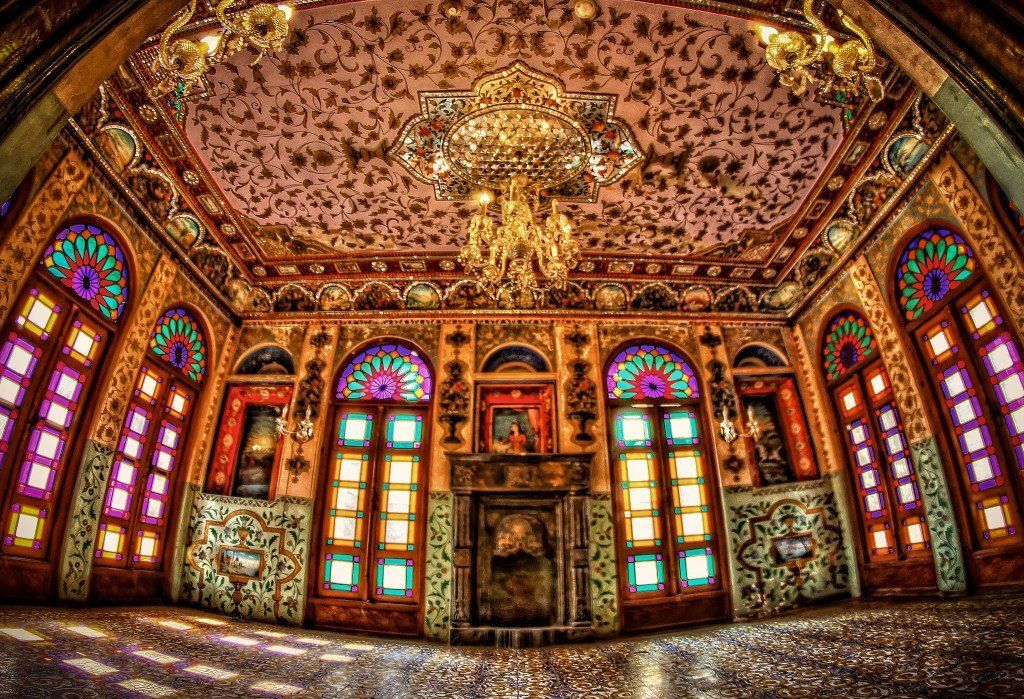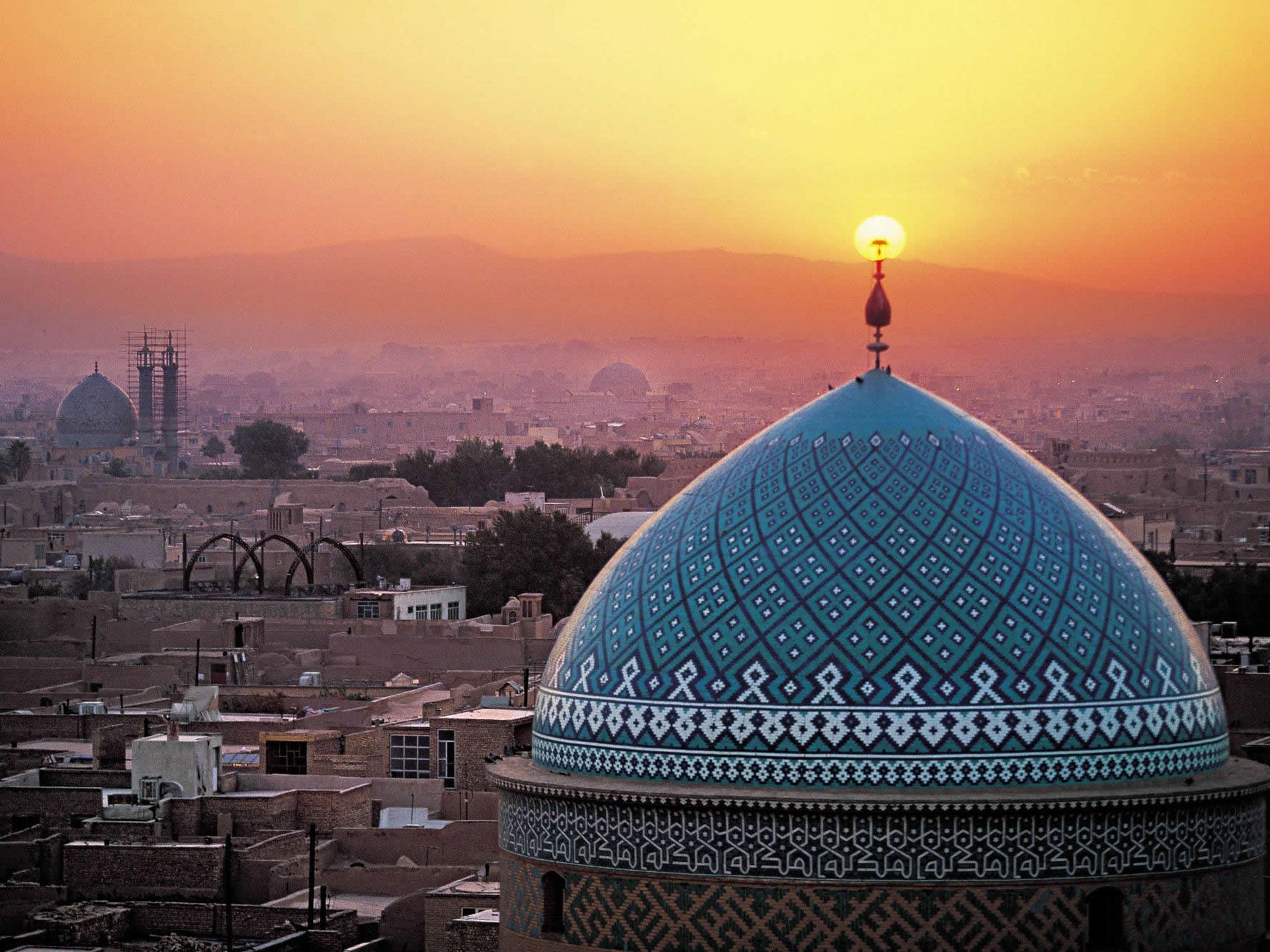Siosepol Bridge
Si-o-se Pol Bridge is a stone double-deck arch bridge in Isfahan, Iran. It is also called Siose Bridge (which in Persian means “33 Bridge” or “Bridge of 33 Arches”) or Allah-Verdi Khan Bridge. Si-o-se Pol Bridge is built by the chancellor Allahverdi Khan Undiladze on commission from from
Shah Abbas whose chancellor he was.
Construction of the bridge began in 1599 and ended 1602. Bridge is long 298 meters and wide 13.75 meters. It has 33 spans from which it gets its name with the longest span of 5.6 meters, crosses Zayandeh River and is located in the southern end of Chahar Bagh Avenue.
Bridge has a large plane at the beginning of the bridge where Zayandeh River flows faster. There it has more arches making with that a suitable place for a tea house that can be accessed from the southern bank. There are two levels of arches. Lower level has 33 arches while upper has two arches above lower lever arch and one arch above pier. Road that goes on the upper level is bounded by two high walls that protect travelers from winds and pedestrians that can walk there, from falling.
The lower level of 33 arches is surmounted by a second layer, with one arch above each of the pontoons and two arches above the lower single arch, giving it its name and rhythmic appearance. The road along the top is sandwiched between high walls which give some shelter from the wind as well as protection for travellers who can walk along the footpaths on either side to avoid the crush of the traffic. Originally there were frescoes on the walls which Sir William Ousely, who saw them in 1823, felt to be dangerous for the morals of passers by!
Si-o-se Pol Bridge is considered largest Iranian historical construction on water.
Don't miss out the 360 degrees intreactive image below. Please grab it with a click of your mouse and move it around:
Otras lecturas:
























